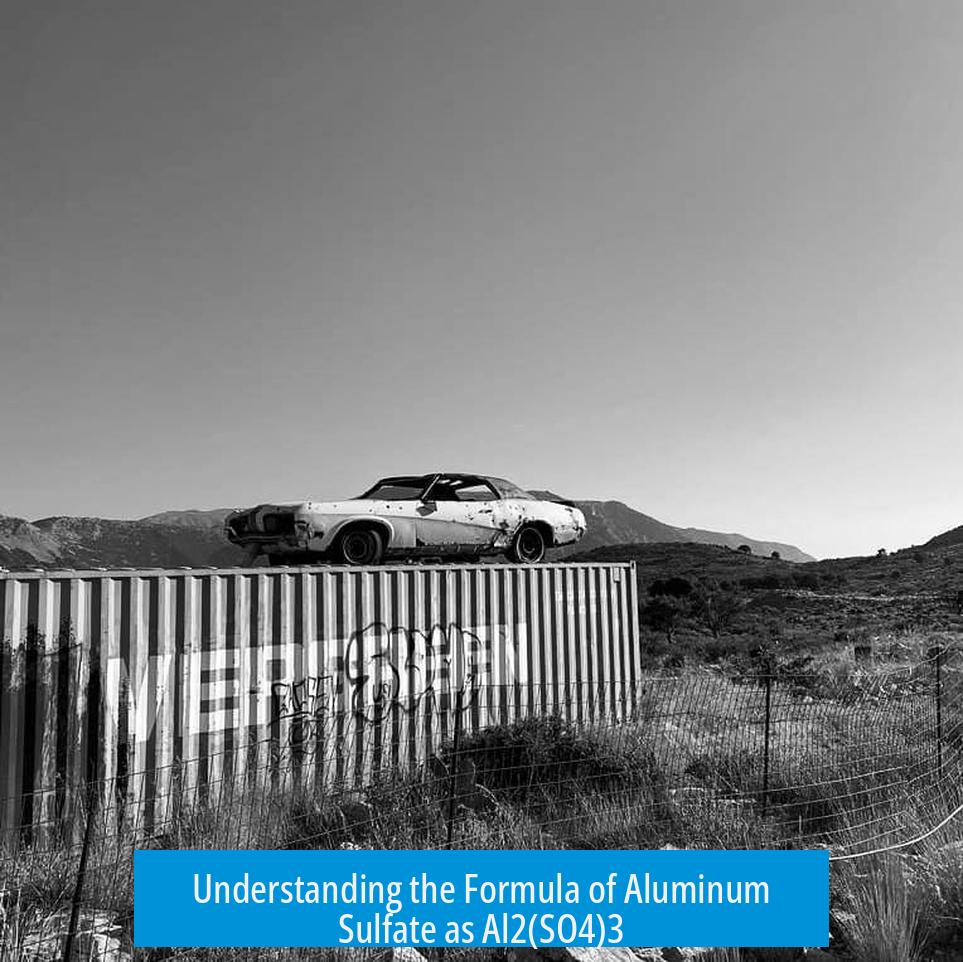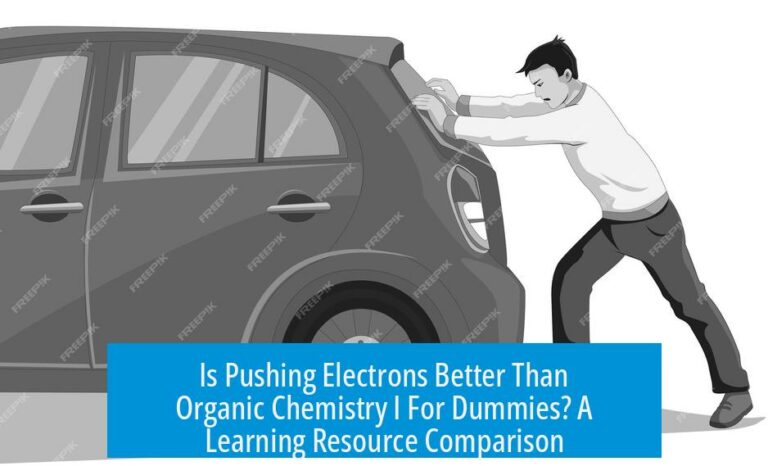Why Aluminum Sulfate Has the Formula Al2(SO4)3
Aluminum sulfate is Al2(SO4)3 because two aluminum ions (Al3+) and three sulfate ions (SO42−) combine to balance charges and make the compound electrically neutral.
Charges of Aluminum and Sulfate Ions
Aluminum forms a cation with a charge of +3. Each aluminum ion is written as Al3+. Sulfate is an anion carrying a charge of -2, represented as SO42−. These charges determine how many ions must combine.
Neutrality Requirement in Ionic Compounds
Compounds must be electrically neutral. This means total positive charges must equal total negative charges. A single aluminum ion (+3) and a single sulfate ion (-2) cannot balance each other because +3 and -2 don’t cancel out.
For example, if a formula were AlSO4, the total charge would be +3 + (-2) = +1, which is not neutral.
Deriving the Formula Al2(SO4)3
To achieve neutrality, find the smallest common multiple of the charges:
- Two aluminum ions: 2 × +3 = +6 charge
- Three sulfate ions: 3 × -2 = -6 charge
The +6 and -6 charges cancel out, giving a neutral compound. Thus, the chemical formula becomes Al2(SO4)3.
Summary Table of Ion Charges and Ratios
| Ion | Charge | Number Needed | Total Charge |
|---|---|---|---|
| Aluminum (Al3+) | +3 | 2 | 2 × +3 = +6 |
| Sulfate (SO42−) | -2 | 3 | 3 × -2 = -6 |
Conclusion
The formula Al2(SO4)3 ensures the total positive and negative charges equal zero, complying with the basic rule of charge neutrality in ionic compounds.
- Aluminum ion has a +3 charge.
- Sulfate ion has a -2 charge.
- Two Al ions neutralize with three sulfate ions perfectly.
- The formula reflects charge balance: Al2(SO4)3.
Why is the aluminum ion represented as Al³⁺?
Aluminum loses three electrons to become stable. This gives it a +3 charge, so its ion is written as Al³⁺.
What charge does the sulfate ion (SO₄) carry?
Sulfate is a polyatomic ion with a charge of 2-. It means it gains two electrons when it forms an ion.
Why can’t the formula be Al₂SO₄ instead of Al₂(SO₄)₃?
Al₂SO₄ would have an unbalanced charge of +4, not neutral. The charges must cancel out in a compound.
How does Al₂(SO₄)₃ achieve electrical neutrality?
Two Al³⁺ ions give +6 charge. Three SO₄²⁻ ions give -6 charge. Together, they balance to zero, making the compound neutral.
What is the role of charge balance in writing chemical formulas?
Formulas must show total positive and negative charges equal. This ensures the compound is stable and neutral.





Leave a Comment